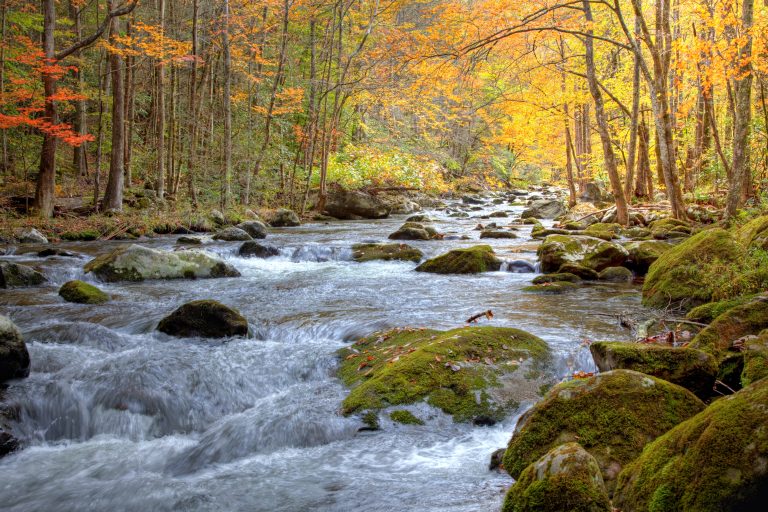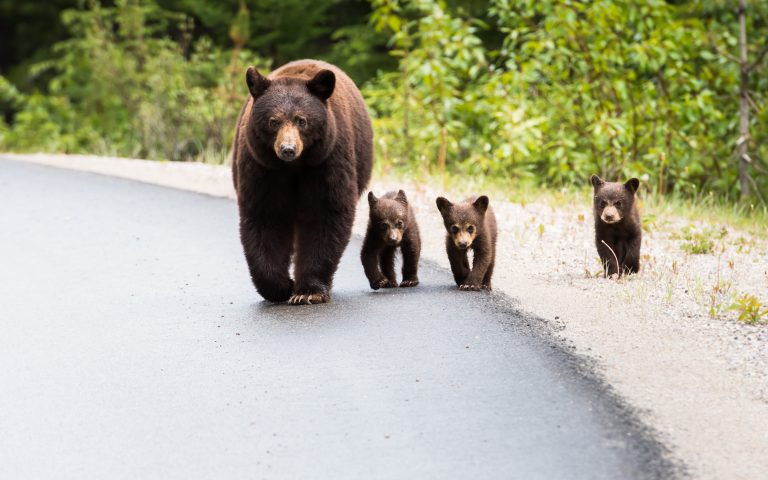Lil Travel Folks is supported by its readers. If you purchase through a link on my site, I may earn a commission. Learn more
What types of animals can you find in the Tennessee mountains? Let’s find out!
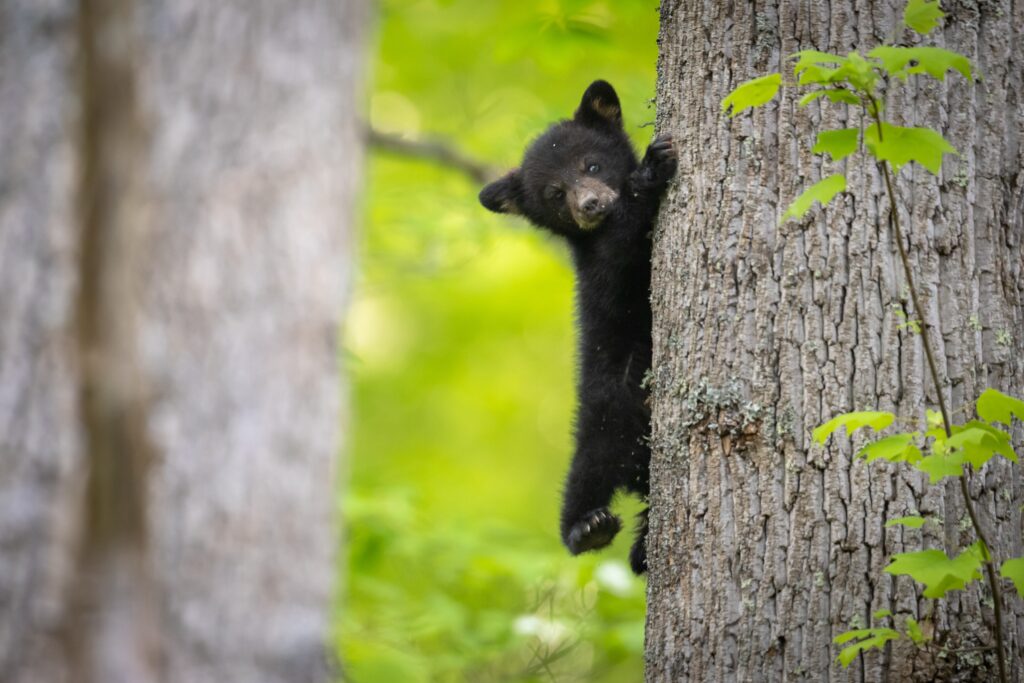
Tennessee Mountains are home to a diverse range of wild animals, making it an exciting destination for wildlife enthusiasts. From the Great Smoky Mountains National Park to the Cumberland Plateau and beyond, you’ll find ecosystems rich in unique species, including mammals, birds, and reptiles.
As you explore these captivating terrains, you can expect to encounter fascinating species like black bears, wild boars, and elk, considered among the largest and most dangerous animals in the region. Smaller creatures, such as the elusive red fox and gray fox, can also be found if you have a keen eye and a little patience. Of course, your experience won’t be limited just to these animals as your journey into the wild of Tennessee Mountains reveals a myriad of wildlife wonders waiting to be discovered.
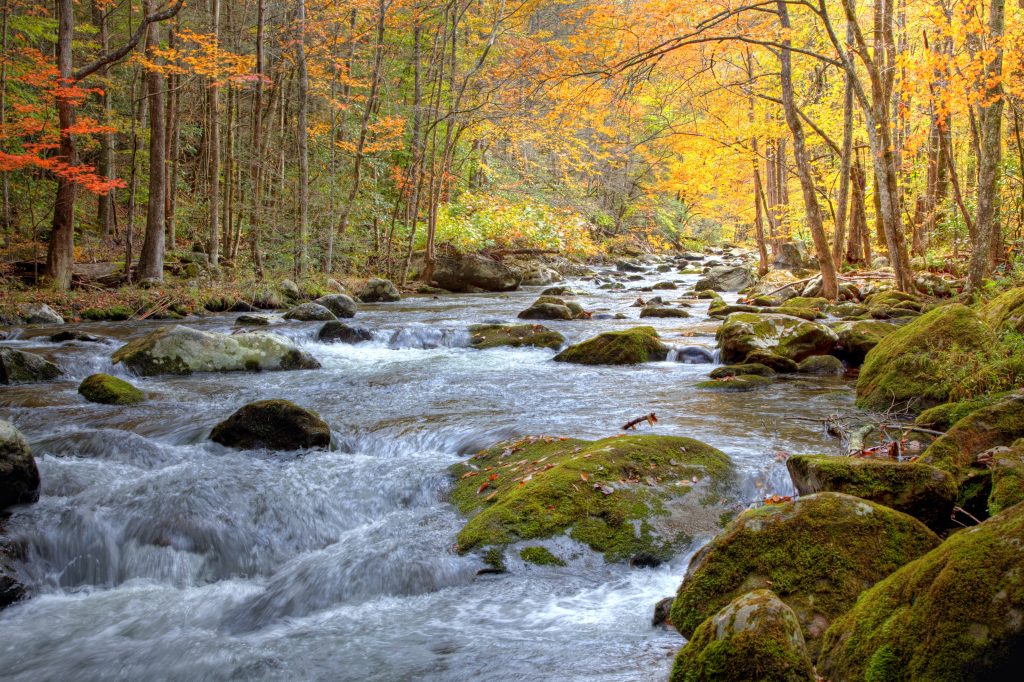
Tennessee Mountains Overview
The Tennessee Mountains are home to a diverse range of ecosystems that provide habitats for a wide variety of animals. As you explore the different mountain regions, you’ll discover the unique wildlife that makes the Tennessee Mountains truly special.
In higher elevation ecosystems, you can find animals such as black bears, red squirrels, and chipmunks. River ecosystems support the lives of raccoons, frogs, and night herons, while cave ecosystems in the Tennessee Mountains are inhabited by various species of bats, mussels, and salamanders[source].
You can also encounter some larger mammals such as bobcats, cougars, and deer in the vast mountainous expanses[source]. Tennessee’s state and national parks offer excellent opportunities for you to observe these animals in their natural habitats.
While exploring the Tennessee Mountains, it’s important to remember that most wildlife is not dangerous but always maintain a safe distance and give them the respect they deserve. By appreciating and protecting the incredible biodiversity found in the Tennessee Mountains, you can help ensure that future generations have the chance to experience these remarkable creatures for themselves.
Major Ecosystems
When exploring the Tennessee mountains, it’s essential to familiarize yourself with the major ecosystems that support the diverse wildlife in the area. The ecosystems found at higher elevations include forests, streams, and rivers.
Forests
In the forests that blanket Tennessee mountains, you can encounter a variety of species thriving in their natural habitats. The predominant trees in these forests include oaks, maples, beeches, walnuts, hickories, poplars, pines, and cedars (Tennessee Encyclopedia). Some of the wildlife species you may come across include deer, raccoons, opossums, and turkeys. These animals are typical of the American South and play a crucial role in the forest ecosystem.
Streams and Rivers
Meandering through the Tennessee mountains, miles of streams and rivers create a network of aquatic ecosystems that support various plants and animals. One prime example of such ecosystems is Shady Valley, which houses at least 26 rare plants and animals, including the American cranberry and the southern bog turtle, a federally threatened species under the Endangered Species Act.
These freshwater environments are also home to many species of fish, salamanders, frogs, and other aquatic species. The rivers and streams not only provide habitats for these creatures but also serve as essential water sources for the surrounding flora and fauna. Moreover, many bird species, such as night herons, can be found in aquatic ecosystems (Sciencing).
As you journey through the Tennessee mountains and observe the diverse wildlife and plants, remember that these major ecosystems are interconnected and serve as pillars of support for one another. By understanding the habitats in which these species live, you can better appreciate the remarkable biodiversity that exists in the mountains of Tennessee.
Mammals in Tennessee Mountains
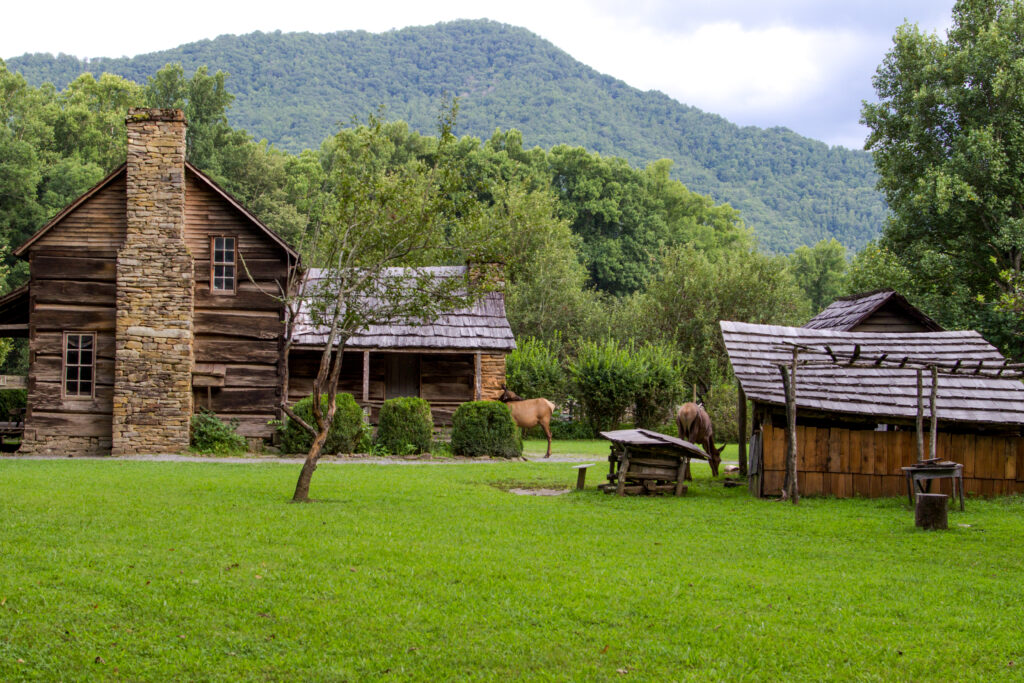
In the mountains of Tennessee, you’ll find a variety of species of mammals to observe and learn about. In this section, we’ll discuss bears, deer, and small mammals that inhabit the higher elevations of the state.
Bears
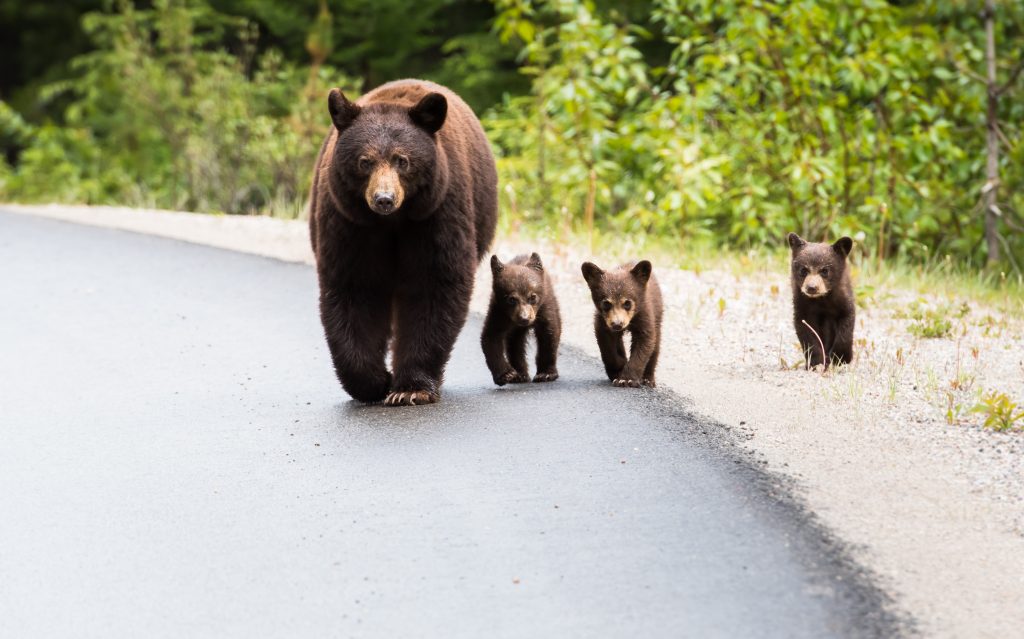
The primary bear species found in the Tennessee mountains is the American black bear. These bears are often spotted in open areas such as Cades Cove and Cataloochee Valley. To ensure your safety and the well-being of these bears, it’s important to maintain a respectful distance and properly store food when camping or hiking.
View our guide to the best places to see bears in the Smokies.
Deer

White tailed deer are a common sight in the mountains of Tennessee. These graceful animals can be spotted grazing on vegetation or cautiously crossing the road, so keep an eye out for them during your travels. Remember to drive cautiously, especially during dusk and dawn when deer are most active.
Small Mammals
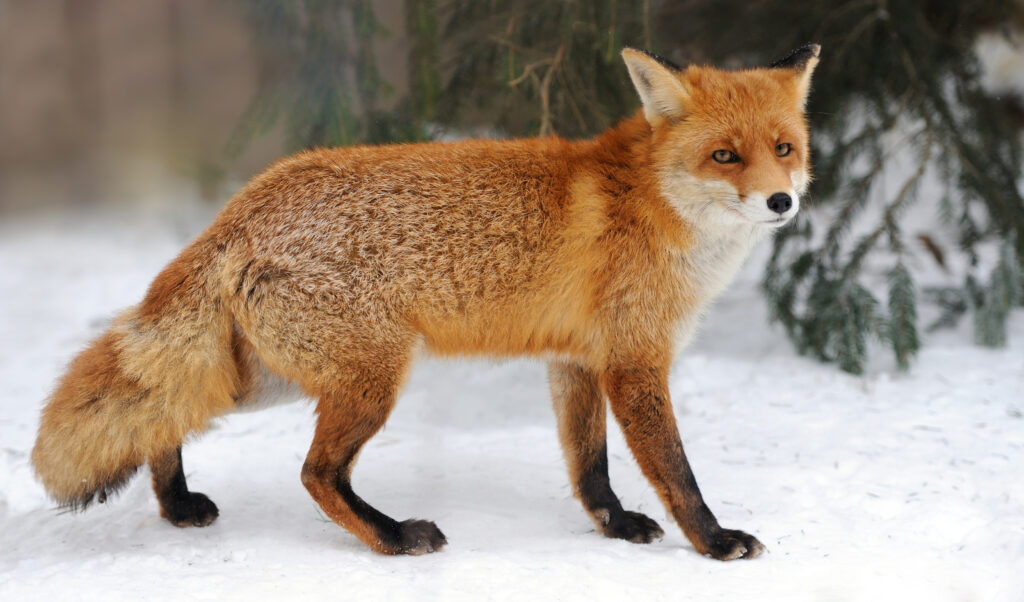
In addition to bears and deer, Tennessee’s mountains are home to many small mammal species, especially small rodents. Some of the most common small mammals you may encounter include:
- Red and gray squirrels
- Red and gray foxes
- Chipmunks
- Bobcats
- Woodchucks
- Raccoons
- Opossums
- River Otters
As you explore the mountains of Tennessee, remember to be mindful of these fascinating mammals and their habitats. By observing and appreciating these creatures from a safe distance, you can play a role in protecting the unique ecosystems found within the Appalachian mountain range.
We had some chipmunks playing Hillbilly Golf with us last time we were in Gatlinburg! They were so cute!
Birds
As you explore the Tennessee Mountains, you’ll encounter many varieties of birds. In this section, we’ll take a look at some of the typical birds found in these mountains, such as raptors, songbirds, and waterfowl.
Raptors

Raptors are birds of prey that you may encounter in the Tennessee Mountains. They often have a powerful build, strong beaks, and sharp talons. Some common raptors in the region include:
- Red-Tailed Hawk
- American Kestrel
- Bald Eagle
- Barred Owl
Songbirds
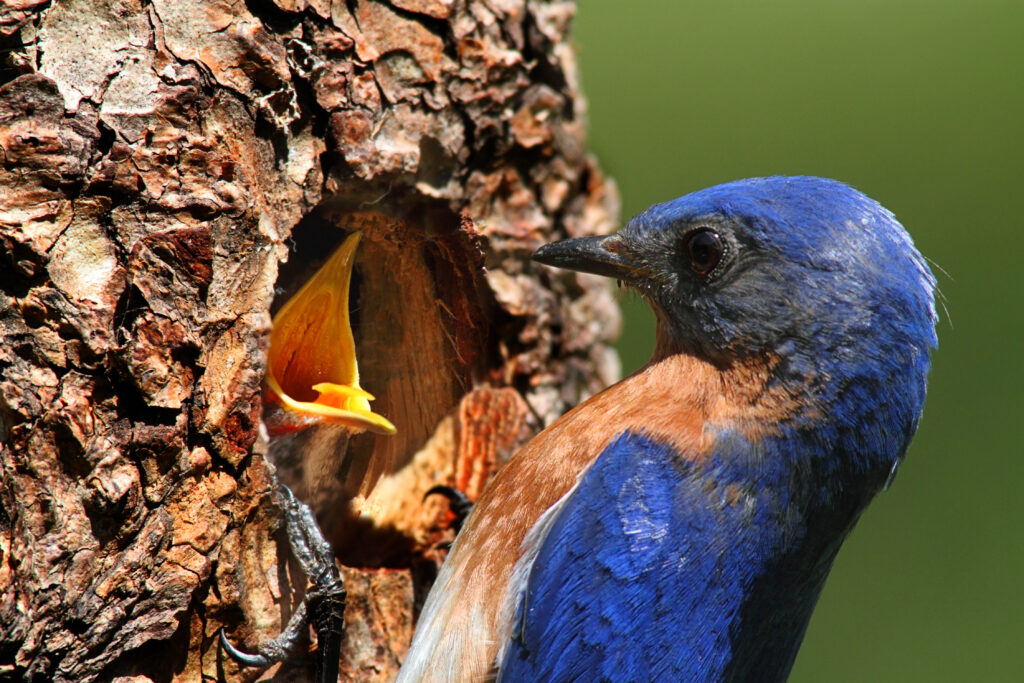
Songbirds are known for their melodious songs and varied calls. Small birds make up a significant portion of the bird species in the Tennessee Mountains. Some examples of songbirds that you might encounter are:
- Northern Cardinal
- Eastern Bluebird
- Cedar Waxwing
- Canada Warbler
Waterfowl
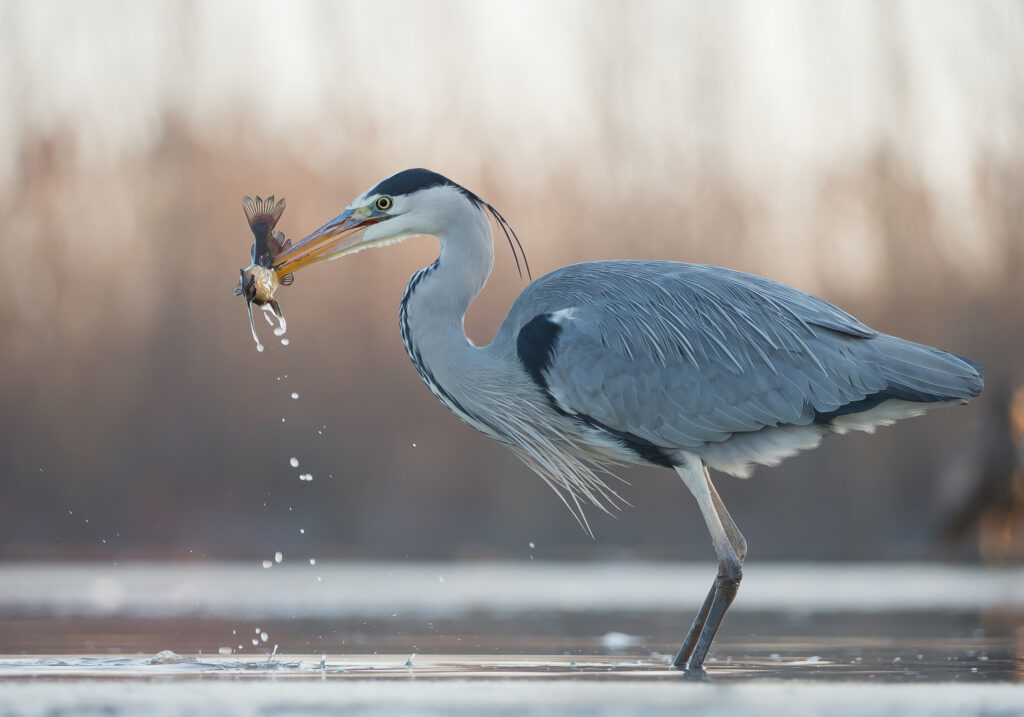
As you explore the many water sources in the Tennessee Mountains, you’re likely to spot various waterfowl species. These birds depend on the region’s lakes, streams, and rivers for their habitat. Some common waterfowl in this region include:
- Wood Duck
- Great Blue Heron
- Belted Kingfisher
- Killdeer
Wild Turkey

A very common sight in the Tennessee mountain area is the wild turkey. These can be seen in all areas of the Great Smoky Mountains National Park and can even bring traffic to a halt in Cades Cove.
Remember to bring your binoculars and camera when exploring the Tennessee Mountains, as you never know which bird species may make an appearance during your adventure.
Learn more about the most common birds in Tennessee here.
Reptiles and Amphibians
When exploring the Tennessee Mountains, you’ll come across a variety of reptiles and amphibians. Let’s take a closer look at the different species you may encounter on your adventure in the mountains.
Snakes
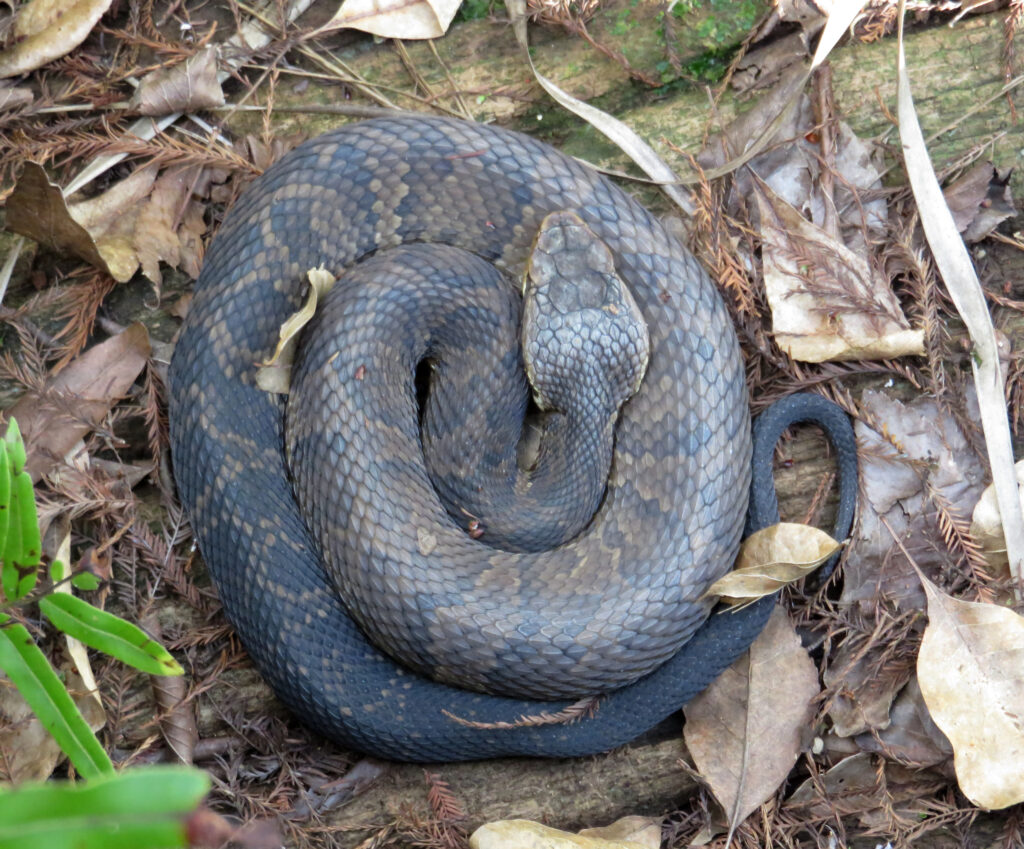
As you traverse the mountains of Tennessee, be mindful of the snakes that inhabit the area. There are various species of snakes, both venomous and non-venomous, that call the mountains home. Keep a safe distance from any snakes you come across, especially the Northern Copperhead or Water Moccasin, and remember that they play a crucial role in the ecosystem by controlling rodent populations. Learn more about the Snakes of Tennessee to understand their role in the environment better.
Turtles

Your journey through the Tennessee Mountains may lead you to encounter various turtle species. These slow-moving reptiles can often be found near water sources, like streams and ponds. Some common Tennessee turtle species include the Eastern Box Turtle (our official state reptile!) and the Common Snapping Turtle. Remember to never disturb or move turtles you encounter, as they play a vital role in the mountain ecosystem. To learn more about the Turtles of Tennessee, be sure to explore various resources available.
Salamanders

As you hike through the lush forests of the Tennessee Mountains, you’ll be entering the Salamander Capital of the World. With an unparalleled diversity of salamander species, the Great Smoky Mountains National Park is a great place to spot these fascinating amphibians. Keep your eyes peeled for these colorful and unique creatures as you walk along moist forest floors or near streams. The Great Smoky Mountains National Park provides an excellent source of information about the various salamander species present in the area.
Frogs
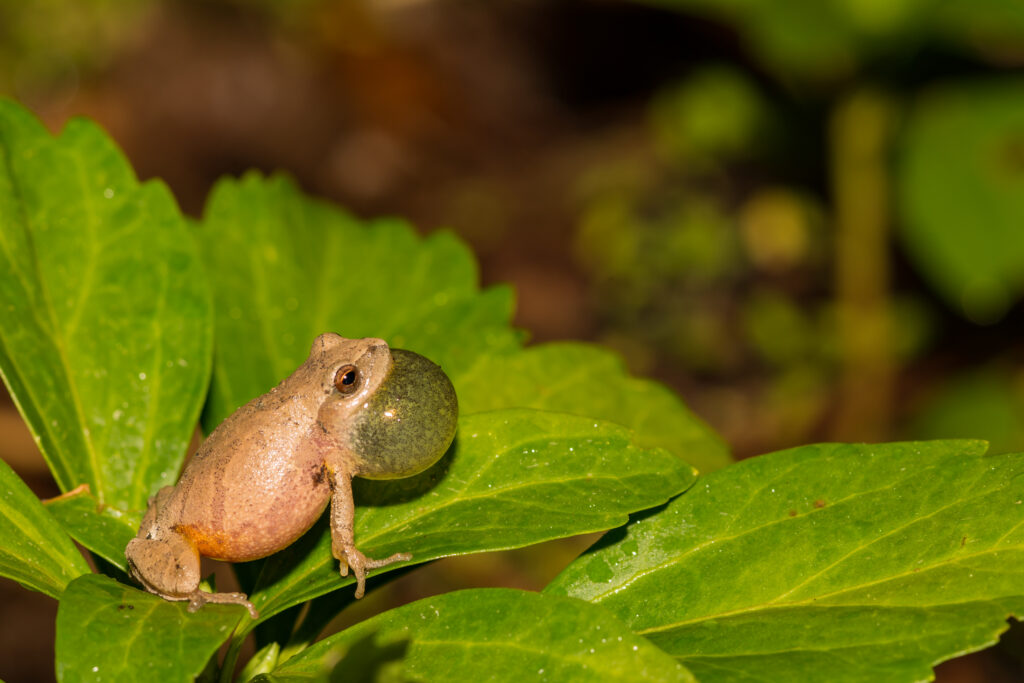
Your time in the Tennessee Mountains would not be complete without the soothing sound of frogs. Frogs and other amphibians, such as toads, can be found throughout the region. Their unique calls create a mesmerizing symphony, making your mountain experience even more unforgettable. The Tennessee Amphibian Monitoring Program (TAMP) offers valuable information on the conservation efforts and locations of these amphibians throughout the state.
Remember, as you venture through the mountain scenery, always respect and protect the wildlife you encounter. The reptiles and amphibians of the Tennessee Mountains enrich your experience and contribute to the fascinating biodiversity of the region.
Endangered and Threatened Species
While exploring the mountains of Tennessee, you might want to be aware of the endangered and threatened species in the region. The rich biodiversity of the area provides habitat for many unique creatures, some of which are facing serious threats to their survival.
In the Great Smoky Mountains National Park, you can find several species that are federally listed as threatened or endangered. Some of the mammals in the park include the gray bat, northern long-eared bat, Indiana bat, and the Carolina northern flying squirrel. On the other hand, endangered fish species such as the spotfin chub and the smoky madtom can also be found there.
Beyond the national park, Tennessee’s mountains also host various other endangered species. According to Earth’s Endangered Creatures, species like the duskytail darter, Cumberland elktoe, and the yellow blossom can be found within the state.
Conservation efforts in the region are ongoing, with organizations like the Tennessee Ecological Services Field Office and The Nature Conservancy striving to protect and restore habitats for these unique species. By learning more about these endangered and threatened creatures, you can contribute to their conservation and ensure their continued presence in Tennessee’s beautiful mountains.
Human Impacts and Conservation Efforts
As you explore the East Tennessee Mountains, you may be curious about the human impacts on local wildlife and the conservation efforts that are taking place. Habitat loss is one major factor affecting animals in the region. Warmer temperatures, longer droughts, increased flooding, and shifting forest compositions are all significant threats to the wildlife you might encounter in the mountains (source) .
White-nose syndrome (WNS), for example, is a devastating disease affecting cave-dwelling bats, which are abundant in Tennessee. The syndrome has been documented in 52 of 78 Tennessee counties with caves, causing significant mortality amongst bat populations (source). However, various conservation efforts are underway to protect and restore Tennessee’s wildlife, such as those led by The Nature Conservancy in agreements with state governments and local water utilities to manage water withdrawals from rivers like the Duck River (source).
In the larger Appalachian region, which includes the Tennessee Mountains, Indigenous Peoples such as the Cherokee, Haudenosaunee, Powhatan, and Shawnee have been living on and caring for landscapes for thousands of years. Today, organizations like The Nature Conservancy are working to protect these landscapes, with their focus on preserving biodiversity and cultural heritage (source).
So, as you traverse the Tennessee Mountains, you can appreciate the natural beauty around you while acknowledging the human impacts on wildlife and the environment. Remember, your awareness and support for conservation initiatives can make a difference in preserving the health of these ecosystems for both wildlife and future generations to enjoy.
Where to See Smoky Mountain Wildlife
You can see most common species during a hike one one of the many wonderful hiking trails near Gatlinburg, but there are also places that are best to catch a glimpse of some of these creatures.
Cades Cove
Cades Cove is a popular destination for wildlife enthusiasts due to its wide-open fields and abundant animal populations. The 11-mile loop road provides an excellent opportunity to spot deer, black bears, wild turkeys, and various bird species. Remember to bring your camera, as the picturesque landscape and wildlife sightings make for unforgettable memories.
Roaring Fork Motor Nature Trail
This 5.5-mile one-way loop offers a chance to see diverse wildlife in a more secluded setting. The Roaring Fork Motor Nature Trail winds through forests and alongside rushing mountain streams, providing habitats for black bears, raccoons, and various bird species. Hiking trails along the route, such as the Grotto Falls Trail, also offer opportunities to spot salamanders and other amphibians. You also get a great view of many species of trees on this trail.
If you want to for sure see some wildlife, here are some other options:
Rainforest Adventures Zoo
This zoo, located in nearby Sevierville, TN, is home to hundreds of beautiful creatures from all over the world. The rainforest zoo is open year-round and definitely worth a visit, especially if you’d like to see some live animals during the winter season.
Smoky Mountain Deer Farm and Petting Zoo
This is a great option if you want to take the kids and let them feed some animals. They also have miniature horses for pony rides and even more exotic animals to feed such as camels and zebra.
Ober Mountain Wildlife Encounter
If you’re more interested in Smoky Mountain animals, then head up to Ober Mountain (formerly Ober Gatlinburg) and check out their Wildlife Encounter, where they have many species of animals native to the area.
Common Questions about Animals in Tennessee Mountains
The mountains of Tennessee are home to various animals, including black bears, white-tailed deer, bobcats, raccoons, red and gray foxes, wild turkeys, and numerous bird species, such as the northern saw-whet owl and red-tailed hawk. Smaller mammals like chipmunks and squirrels are also common.
In the Smoky Mountains, be cautious around black bears, venomous snakes like timber rattlesnakes and copperheads, and stinging insects such as bees, wasps, and hornets. Exercise caution and follow park guidelines to ensure safe wildlife encounters.
Final Thoughts on Animals in Tennessee Mountains
I hope you’ve enjoyed learning about all the different types of animals that call the Great Smoky Mountains home. You can learn so much more about the animals in the park by visiting the National Park Service.
There are so many different native animals that call the Great Smokies area home, and we couldn’t possibly list them all, but we’ve done our best to cover the most common species of birds, mammals and types of reptiles in the park.
I hope you keep an eye out for these animals on your next trip!
Amanda


